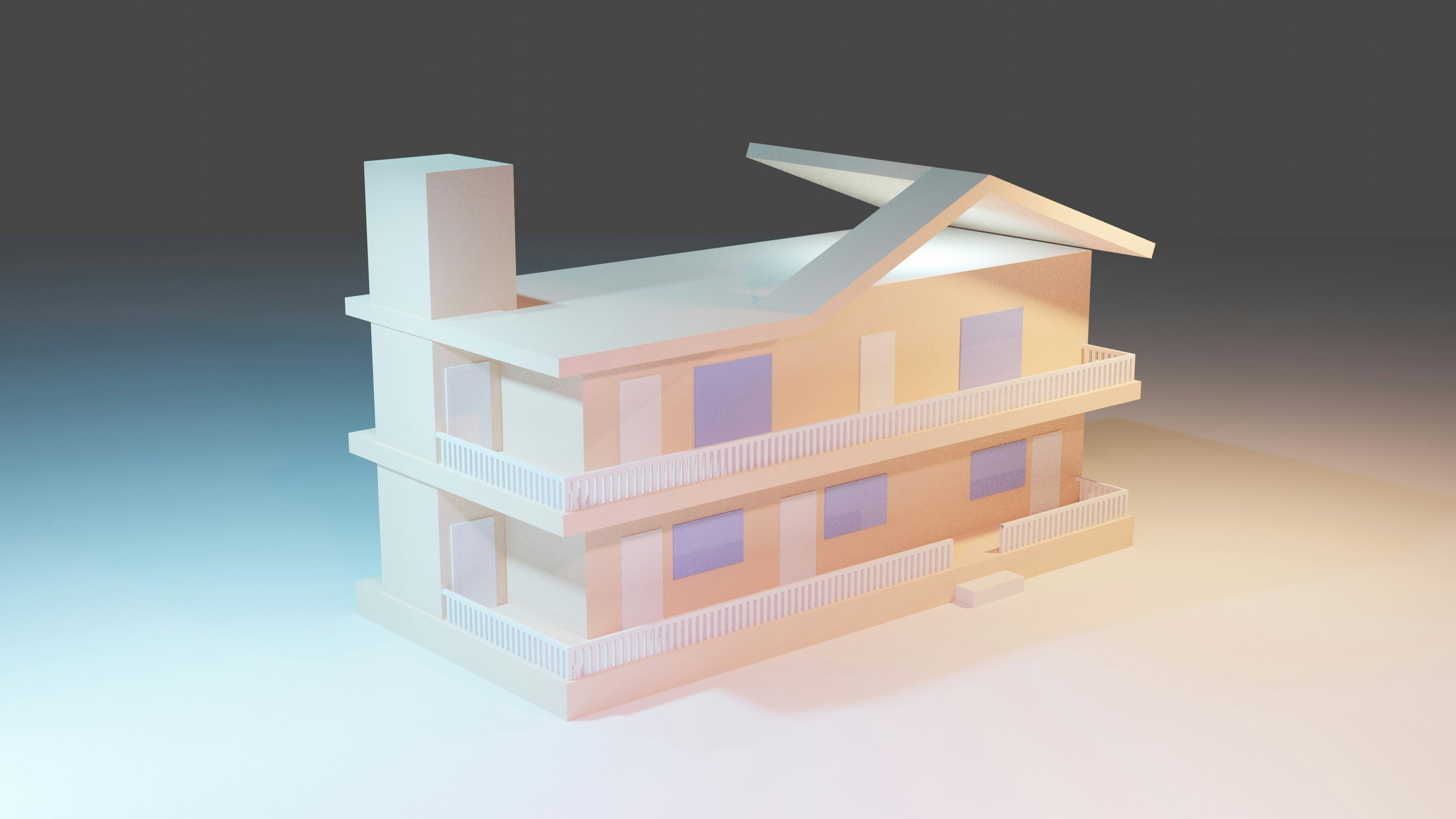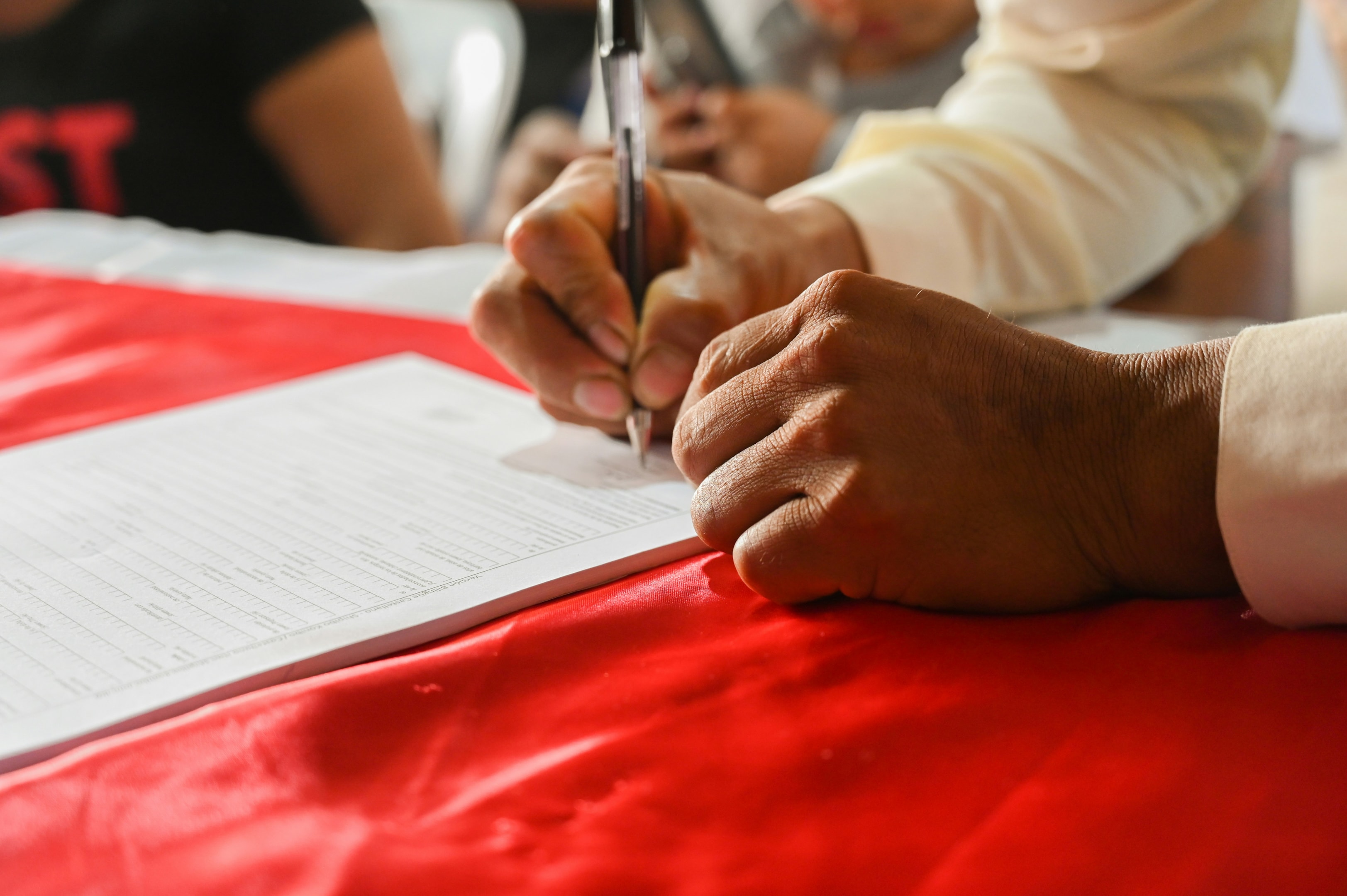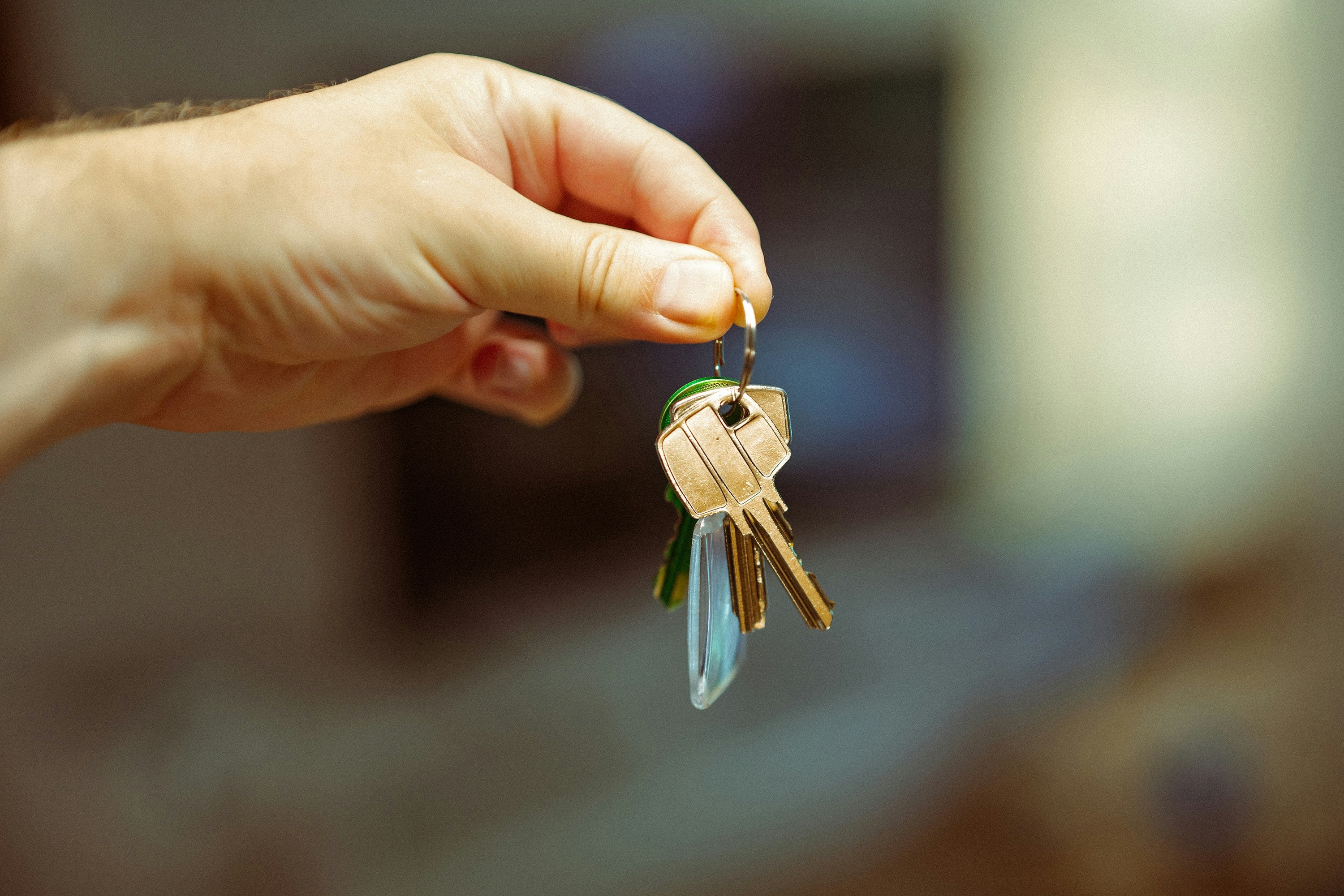Wholesaling vs Flipping: Choosing the Best Strategy for Your Success
When it comes to real estate investing, two strategies dominate investor conversations — wholesaling and flipping. Both can generate life-changing income, but they differ drastically in risk, capital, and skill requirements. Whether you're a beginner trying to choose your first path or a seasoned investor diversifying your approach, understanding the real differences between wholesaling vs flipping can make or break your next deal.

Quick Overview: The Core Difference
Wholesaling — The Quick Cash Strategy
Wholesaling is all about control without ownership. You find deeply discounted properties, get them under contract, and sell (or "assign") that contract to another buyer—usually a cash investor—for a fee. You don't fix the property, hold it long-term, or take on renovation risk. Your profit is the assignment fee, typically between $5,000 and $25,000 per deal. Think of wholesaling as being the middleman who solves problems fast, helping motivated sellers offload a burden and assisting flippers or landlords in finding their next deal. To learn more about this process to see if it might be a good fit for growing your business, see How to Wholesale Houses: Your Essential Step-by-Step Guide.
Flipping — The Renovate and Resell Model
Flipping (or "fix-and-flip") is a buy, improve, and sell strategy where you purchase a property, renovate it, and resell it for a higher price. The profit comes from the after-repair value (ARV) minus your purchase, renovation, and holding costs. While flipping is capital-intensive, it can produce massive single-deal profits—often $30,000 to $75,000 or more when executed well. Unlike wholesaling, where you act as a middleman, flipping requires you to be an operator and project manager, overseeing the renovation process and managing the various risks and costs involved. For tips on getting into this niche in real estate, see Flipping First House: 7 Essential Steps for New Investors.
How Each Strategy Works (Step-by-Step)
The Wholesaling Process
Find motivated sellers. Probate, pre-foreclosure, tax-delinquent, or absentee-owner lists are goldmines. For tips on locating these sellers, see The Ultimate Guide on How to Get Motivated Seller Leads Effectively.
Analyze deals. Estimate repairs, compare comps, and calculate your Maximum Allowable Offer (MAO).
Get the property under contract. Negotiate a purchase price below market value.
Find a buyer. Reach out to cash investors, rehabbers, or landlords via email lists, REI meetups, or Facebook groups.
Assign the contract. You sell your equitable interest for a profit and let the end buyer close.
Example: You contract a house for $90,000 that's worth $150,000 after repairs. You assign it to a flipper for $100,000 and make $10,000 — without ever owning the property.
The Flipping Process
Buy right. Use the 70% rule: never pay more than 70% of ARV minus repairs.
Plan your rehab. Scope the project, get multiple bids, and build in contingencies (10–15% buffer).
Execute renovation. Manage contractors, permits, materials, and inspections.
Market the finished home. Stage, photograph, and list it for sale.
Sell and profit. After paying all costs, what's left is your profit margin.
Example: Buy at $150,000, spend $50,000 on rehab, and sell for $275,000. After $25,000 in holding and closing costs, you net $50,000.
Capital Requirements: How Much Cash Do You Need?
Wholesaling
Low barrier to entry. You can start with under $5,000 if you focus on cold calling, door knocking, or driving for dollars.
Costs: skip tracing, marketing, earnest money deposit, and title fees.
Cash Flow Timing: You get paid after closing, typically 2–6 weeks after signing the purchase contract.
Flipping
High capital investment. You need funds for purchase, rehab, carrying costs, and sometimes holding inventory for months.
Costs: down payment (10–25%), rehab budget, lender fees, utilities, insurance, and property taxes.
Cash Flow Timing: You don't get paid until the property sells — often 3–6+ months later.
Pro Tip: Wholesalers make smaller but faster checks; flippers make fewer but larger ones.

Risk and Reward: Which Has Higher Stakes?
Wholesaling Risk Profile
Low financial risk because you rarely close on the property.
High marketing and deal risk — if you overestimate ARV or can't find a buyer, you could lose your earnest money or credibility.
Legal risks include assignment violations in states with licensing rules or misleading advertising.
Flipping Risk Profile
High financial exposure. You're responsible for mortgage payments, taxes, utilities, and every dollar of rehab.
Construction risk. Contractor delays, material cost increases, or hidden damage can destroy profits.
Market risk. A drop in local property values or rising interest rates can eat into your spread.
Bottom Line: Wholesaling is about hustle; flipping is about management.
Profit Margins: What's Realistic in 2026?
Wholesaling Profits
Typical assignment fees range from $5,000 to $25,000, depending on the deal spread and market conditions. In active real estate markets like Florida, Texas, and Arizona, fees tend to be higher due to strong investor demand and competition. The profit varies based on property type, location, and the discount negotiated with motivated sellers. Experienced wholesalers build networks of cash buyers and investors, enabling quick contract assignments and maximizing fees. Focusing on emerging areas or distressed properties can also lead to better opportunities and higher fees. While assignment fees are generally smaller than flipping profits, wholesaling requires less capital, involves lower risk, and offers quicker turnaround, making it an appealing option for new investors seeking steady income and experience in real estate.
Flipping Profits
Typical gross profits range from $30k to $75k per property, but after expenses, many flippers net 15–20% of ARV. A successful flipper runs detailed before/after budgets and plans for worst-case overruns.
Here's a quick comparison between wholesaling and flipping: Wholesaling typically yields average profits ranging from $10,000 to $25,000, requires less than $10,000 in capital, and deals usually close within 2 to 6 weeks. It carries a lower risk level and focuses on negotiation and marketing skills. Flipping, on the other hand, offers higher average profits between $30,000 and $75,000, demands a capital investment of $50,000 to $200,000 or more, and involves a longer time commitment of 3 to 6 months or more. Flipping carries higher risk and requires hands-on skills in construction and project management.

Lead Generation Strategies That Win
Wholesaling: Finding Motivated Sellers
Consistent wholesaling success relies on building a strong marketing pipeline targeting motivated sellers such as probate and pre-probate leads (See USLeadList), vacant properties, tax-delinquent or code violation lists, landlords facing eviction filings, and utility shutoff or inherited properties. Effective outreach methods include direct mail, cold calling, and Google PPC ads. Maintaining consistency, tracking cost per lead, and refining your message are essential to securing steady deals.
Flipping: Finding Value-Add Opportunities
Flippers often find deals through wholesalers' lists, MLS price drops, off-market listings, agent relationships like pocket listings, and estate or fire-damaged homes. Combining these sourcing strategies with quick analysis tools such as Privy enables them to act swiftly before competitors.
Analyzing Deals: Math That Protects Your Profit
For Wholesalers — The MAO Formula
For Flippers — The 70% Rule
Example: If a house's ARV is $300k and rehab is $60k, max buy = $150k.
Timeline Comparison: Speed vs Depth
Wholesaling Timeline
Lead to contract: 1–3 weeks
Contract to assignment: 1–4 weeks
- Payment: within 45 days of first contact in many casesWholesalers thrive on volume and speed.
Flipping Timeline
Purchase to completion: 8–20 weeks depending on scope
Listing to sale: 4–12 weeks
Total: roughly 4–6 months from acquisition to paycheck
Flippers focus on precision and process management.
Team and Tools You'll Need
Wholesaling Essentials
CRM System: Podio, REI Reply, or Salesmate for tracking leads and buyers. For help finding an effective CRM for your business, see How to Pick the Best CRM for Real Estate Investors (Without Wasting Money).
Marketing Stack: Skip tracing, direct-mail tools, SMS outreach platforms.
Title Company: One familiar with assignment contracts.
Buyers List: Build continuously — cash buyers are your lifeblood.
Flipping Essentials
Contractors: Licensed, insured, and vetted by references. It can be hard to find reliable contractors who do quality work, for tips see Find Contractors for Real Estate: An Investor's Guide to Building a Winning Team.
Project Manager or GC: To keep timelines tight.
Real Estate Agent: To price and sell at full ARV.
Financing: Hard money, private lenders, or partnership equity.
Both models benefit from tools like PropStream, Flipster, or Privy for deal analysis.

Taxes, Entities, and Accounting Tips
Wholesaling
Income from wholesaling is treated as ordinary income and is subject to self-employment tax. Most wholesalers choose to operate under LLCs to protect themselves from personal liability and to separate their business finances. It's important for wholesalers to meticulously track every marketing expense, mileage, and other business-related costs, as these deductions can significantly reduce taxable income and improve overall profitability.
Flipping
Short-term flips usually count as active income, not capital gains. Using an LLC or S-Corp structure can help minimize self-employment taxes. Additionally, employing accounting software like QuickBooks or REI Hub is essential for accurately tracking expenses such as materials, draws, and holding costs throughout the renovation process. Proper financial management ensures you maintain clear records, optimize tax benefits, and keep your project on budget, ultimately contributing to a successful and profitable flip.
What Kind of Investor Are You?
Choose Wholesaling If You:
If you have limited capital, enjoy sales, marketing, and negotiation, want quick paydays without the risks of rehab, and thrive in a fast-paced environment, wholesaling is an ideal strategy for you. This approach allows you to enter the real estate business with less upfront investment and lower financial risk compared to other strategies. It's perfect for new investors who want to build their real estate skills, develop a strong network of potential buyers, and gain valuable experience in the real estate market without the burden of property ownership or renovation management. Wholesaling also offers a quicker turnaround, meaning you can close multiple wholesale deals in a short period, generating a steady stream of income while honing your negotiation and deal analysis abilities.
Choose Flipping If You:
If you have access to funding or strong credit, enjoy construction management and project planning, can handle longer timelines, and want bigger single-deal profits, flipping may be the right strategy for you. This approach requires a willingness to get hands dirty with renovations and a commitment to overseeing every detail of the project, from budgeting to contractor coordination. A great analogy is that wholesalers are sprinters while flippers are marathoners; both win races, just at different paces. Flippers often benefit from capital upfront and the ability to navigate market fluctuations and unexpected challenges, ultimately aiming for bigger profits on each property they transform.
Common Mistakes to Avoid
Wholesalers
Wholesalers often face challenges such as locking up deals at prices that are too high, which can make it difficult to find buyers willing to close on the contract. Additionally, they must be mindful of state assignment laws and licensing rules to avoid legal complications. Overpromising to sellers is another common pitfall that can damage reputation and trust. A crucial factor for success in wholesaling is building a robust buyers list before marketing properties, as this network is essential for quickly assigning contracts and generating profits.
Flippers
Flippers frequently encounter issues like underestimating repair budgets, which can lead to unexpected renovation costs and reduced profit margins. Using inaccurate or inflated comparable sales (comps) to determine after-repair value (ARV) can result in overpaying for properties or over-improving them beyond what the local market will bear. Delays in obtaining permits or scheduling contractors can prolong holding costs and increase financial risk. It is also important for flippers to avoid over-improving a property for the neighborhood, as this can limit potential profits and slow the sale process. Avoiding the "HGTV trap" mindset is essential; flipping is about disciplined profit-making, not glamour.
Decision Matrix: Which Strategy Fits Your Situation
For investors with a budget under $10,000, wholesaling is the best fit due to its fast cash flow, minimal risk, and low overhead. Those with $10,000 to $75,000 might consider wholetailing, which involves light rehabs and quick resales with a medium risk level. Investors with budgets over $75,000 are suited for flipping, which entails larger projects with high ROI potential. Many investors start with wholesaling to build capital and then transition into flipping for higher profit margins once they have sufficient reserves and experience.
30-Day Action Plans
Wholesaling Starter Plan
Week 1: Build lists (probate, absentee, tax-delinquent).
Week 2: Start marketing — 500 postcards or 200 cold calls/day.
Week 3: Analyze 20 properties, make 10 offers.
Week 4: Secure your first contract and start building your buyers list.
Flipping Starter Plan
Week 1: Define your target price range and neighborhoods.
Week 2: Get pre-approved by a lender or private partner.
Week 3: Analyze 10 potential deals using the 70% rule.
Week 4: Submit offers and line up contractors for walkthroughs.

Conclusion
Both wholesaling and flipping can create real wealth in real estate but cater to different investor personalities; wholesaling offers cash flow and speed, ideal for building capital and experience, while flipping builds equity and scale, rewarding patience, systems, and risk tolerance. Many top investors combine both strategies—using wholesaling to fund flips, flipping to fund rentals, and rentals to build lasting wealth. If you're new, start where your resources and skills align, as the beauty of real estate is its flexibility, allowing you to pivot once you gain traction. For tips on using these strategies, combined with others, to build your wealth in real estate, see Essential Steps to Craft a Successful Real Estate Investment Portfolio.